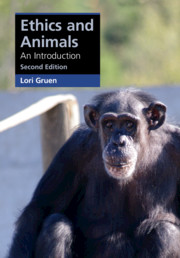This article will examine state intervention in the lives of tigers and people living in and around Panna Tiger Reserve in Madhya Pradesh, Central India. It explores how, over a decade after a reintroduction project rebuilt the tiger population from extinction and the central government launched a new compensation scheme to relocate villagers away from the national park, relocated tigers and not-yet relocated villagers resist and challenge conservation interventions to eradicate human life in Panna Tiger Reserve and (re)construct it as a wild tiger landscape. It will show how discourses of conservation and development that motivate state intervention seek to depoliticize and obfuscate programmes of control over human and tiger lives through their separation and purported ‘care’, contiguous with colonial policies and discursive practices that have intertwined the fate of wild animals and forest-dependent villagers in this part of India. In their feral subversions against these interventions, relocated tigers and not-yet relocated villagers expose the problematic contradictions and tensions that plague animal management, wildlife conservation, and rural development in India today. Based on 15 months of ethnographic fieldwork, the article draws on case studies and accounts from communities living around Panna Tiger Reserve to present alternatives to colonial and post-colonial discursive legitimizations of state intervention and control, revealing alternate understandings of the entanglement of humans and animals and the categories of ‘wild’ and ‘tame’.


